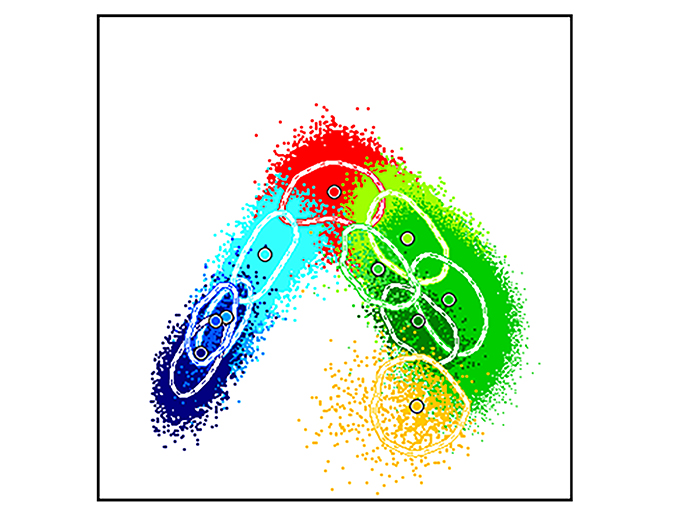New bionic devices bridge biology and electronics
Integrated bionic devices such as cochlear ear implants and bionic eyes are designed to replace or supplement natural body functions. A major issue however is that existing bionic interfaces are still very ‘mechanical’ when compared to human tissue. “Traditional metals and rigid polymers used can provoke inflammation and scarring, which over time degrades performance,” explains Living Bionics project coordinator Rylie Green(opens in new window) from Imperial College(opens in new window) in the United Kingdom. “Even tiny movements can cause micro-damage.” Many bionic devices are also chemically inert, which means that they don’t actively communicate or adapt to the biological environment. This lack of integration is why their performance typically drops off after months or years in the body.
Connecting biology and electronics
The goal of the Living Bionics project, which was supported by the European Research Council(opens in new window), was to rethink how we connect biology and electronics, and to create interfaces that are not just tolerated by the body but become part of it. “We wanted to design ‘living electrodes’ that combine soft, conductive materials with biological components that can integrate directly with cells and tissues,” says Green. “Essentially, we aimed to move away from hard implants toward adaptive, regenerative systems that evolve with the body.” To achieve this, the project focused on developing biohybrid materials. These include things like hydrogels, elastomers and modified materials that contain components native to the body, and in particular the brain. These materials are soft and flexible like tissue, but can still transmit electrical signals efficiently. “The combination of stem cells and the cues required to produce healthy neural tissue within the device was another critical element,” adds Green.
Path towards genuine ‘living electrodes’
The project team built 3D neural tissue models to study how cells interact with different material chemistries, and carried out electrical and mechanical performance assessments. These tests helped to demonstrate how certain novel materials can maintain conductivity and cell viability over long periods. Importantly, the team was able to show that combinations of materials and cells can be added to the interface of a bionic device and create natural cell connections with adjacent brain tissue(opens in new window). Another major breakthrough was understanding how the physicochemical properties of certain polymers and hydrogels affect cell attachment and long-term function. “Conceptually, we’ve established a path toward genuine ‘living electrodes’, where engineered cells can interface with host neurons in a controlled and stable way,” explains Green. “We have shown that this works not only in a dish, but also in a living rodent brain.”
New regenerative bioelectronic therapies
Next steps include validating these systems more rigorously in animal models to confirm long-term biocompatibility and signal stability. Fabrication methods still need to be refined so that materials can be scaled and sterilised for clinical use. “Collaboration with industry partners will be key to navigating regulatory requirements and moving toward early human feasibility studies,” adds Green. Over the long term, Green and her team hope that this work will redefine what a ‘medical implant’ can be. “Instead of inert hardware that degrades over time, we envision living, adaptive systems that heal with the body and restore function more naturally,” she says. “This would open the door to a new generation of regenerative bioelectronic therapies, where the line between device and tissue becomes almost seamless.”







